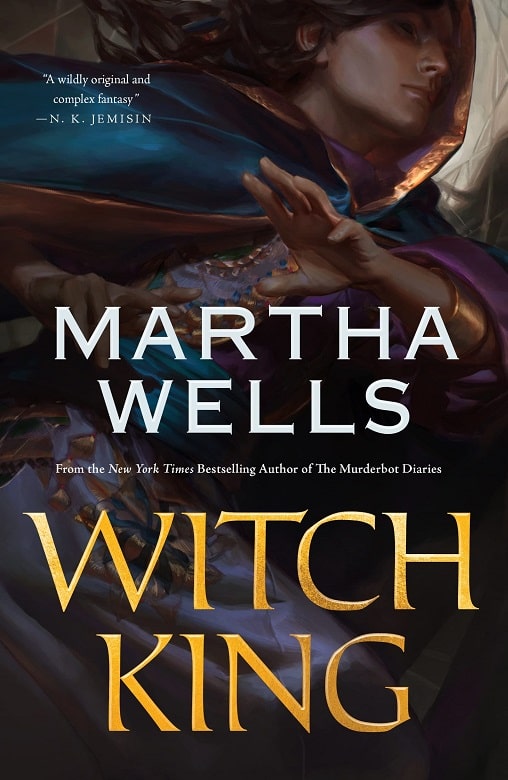Worldbuilding in Witch King
Witch King by Martha Wells (Tor.com, May 30, 2023). Cover art by Cynthia Sheppard
I think people tend to talk about worldbuilding as if it’s one static process that is the same every time you do it. But I think it actually varies a lot based on the preferences of the writer and their method of work. It’s different for each writer, and for me at least it’s different for every book.
In the Ile-Rien books, I wanted to show a secondary world fantasy setting, centered around the city Vienne, that realistically aged and changed over time. Not just in politics and government and fashion, but in physical layout, with the city changing to accommodate the development of trains, automobiles, and electric light. I also used a lot of historical sources to create the material culture of the world.
In Witch King I wanted to do something a little different. I’ve done secondary worlds with a wide range of different, distinctive cultures in the Books of the Raksura series, but in Witch King I wanted to show more about the interactions between cultures.
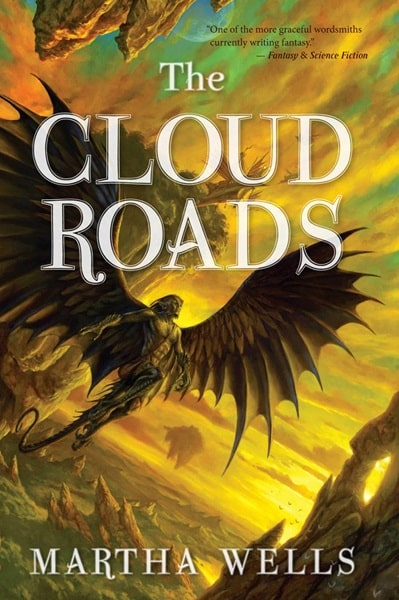 |
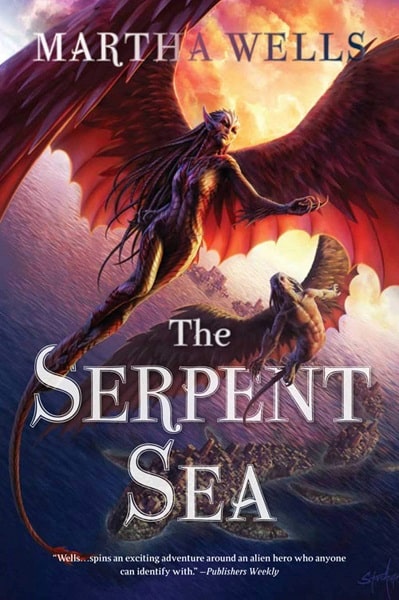 |
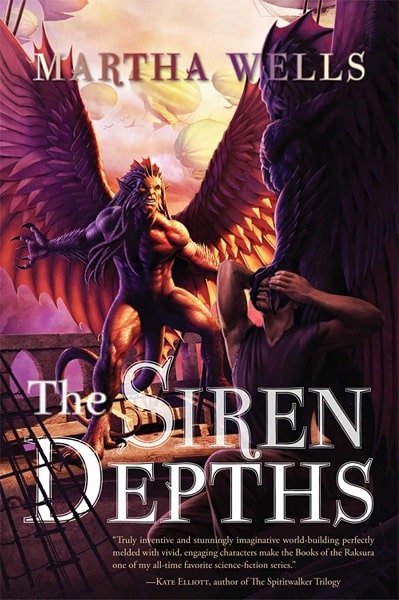 |
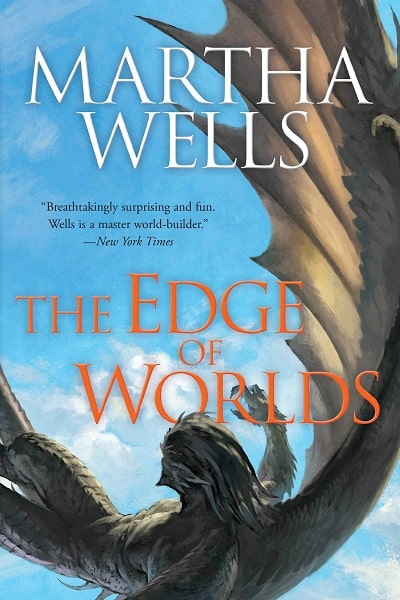 |
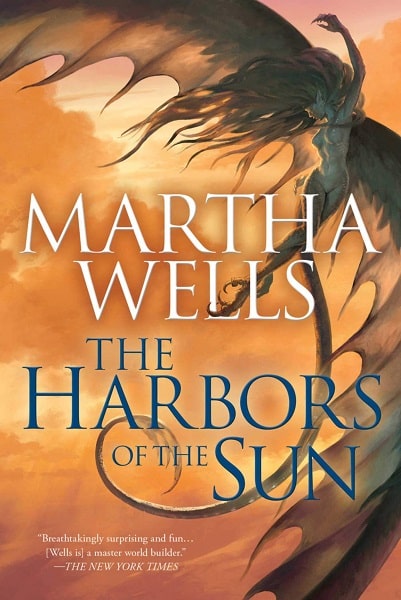 |
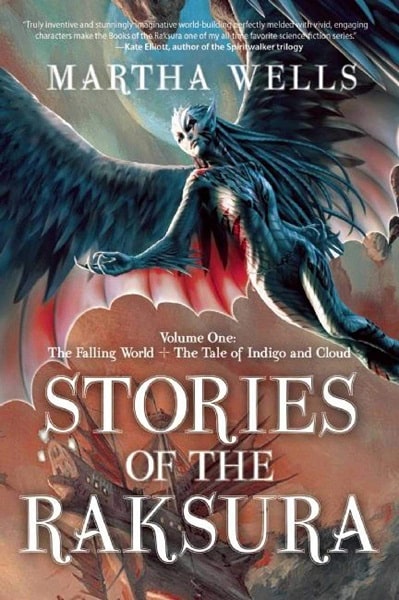 |
The Books of the Raksura by Martha Wells: The Cloud Roads, The Serpent Sea, The
Siren Depths, Edge of Worlds, The Harbors of the Sun, and Stories of the Raksura: Volume
One (Night Shade, 2011 – 2017). Covers by Matthew Stewart, Steve Argyle, and Yukari Masuike
The different cultures in Witch King start out as separated from each other but in contact to different degrees via trade and travel. Then the Hierarchs appear. In “The Past” chapters, we see how so much of the world has been devastated by the Hierarch invasion. The Sana-Sarcofa and the Arkai and the Saredi grasslands are all but destroyed; the rest are occupied and subjugated, causing massive disruptions to the cultural and political landscapes.
In the present sections, the invaders have been defeated and the world is rebuilding. The different cultures that banded together to fight have been changed and influenced not just by the invasion but by their close contact with each other. Most of the focus is on the Enalin and the Arike, which have become closely tied together as the most powerful members of the Rising World coalition. The Arike, with more restrictive binary ideas about gender presentation, have been influenced by the greater freedom of the Enalin. The Rising World has adopted Saredi methods of organizing representative government and the Arkai’s belief in fair allocation and distribution of resources.
The power of the Immortal Blessed has been broken and they are no longer free to impose their will and their religion on mortal lands. Political rivalry is still intense, but as the characters travel throughout the book, they see many signs of thriving life. Historical sources were still helpful for this kind of worldbuilding, but I was looking a lot more at the ancient world, and known connections and influences between cultures that were separated geographically.
Language is another sign of change. The invading Hierarchs imposed a common language called Imperial. Years later, it’s still a part of all the surviving cultures, still a common language. It’s been too deeply ingrained, and proved too useful to discard, no matter how much it might remind older people of the terror and destruction of the invasion. It’s another tie binding the Rising World coalition together. You could make a case that the Hierarchs, in forcing the disparate cultures to learn a common language, actually helped the coalition form, since by the time the hostages are imprisoned in the Summer Halls, they’re all able to communicate.
Witchspeak is a sign language that has existed before the Hierarchs but became essential during the Hierarch war when expositors enslaved Witches as familiars and tried to destroy their ability to communicate. It’s another language that’s been altered by time and the war that affected every aspect of this world.
So basically for me, the amount of worldbuilding and the way I use it is very different for each book. I don’t think there’s any set method to do worldbuilding, it all depends on the needs of your story and what you want to do with it.
Martha Wells’ fantasy novels include Witch King, The Wizard Hunters, Wheel of the Infinite, and the Books of the Raksura series (beginning with The Cloud Roads and ending with The Harbors of the Sun). Her Ile-Rien tales “Reflections,” “Holy Places,” and “Houses of the Dead” first appeared in the print version of Black Gate, and her Nebula-nominated novel The Death of the Necromancer was published in its entirety at Black Gate. Her New York Times and USA Today-bestselling Murderbot Diaries series has won the Hugo, Nebula, Locus, and Alex Awards.
